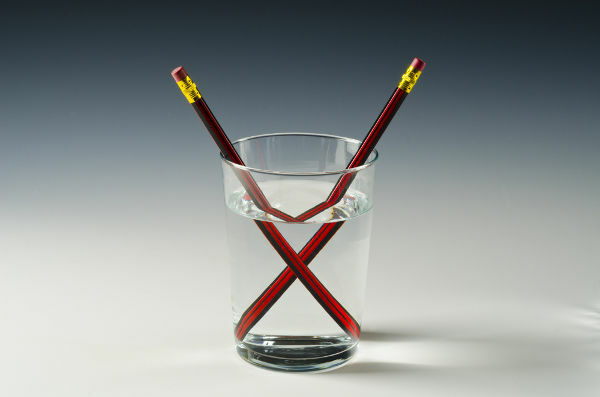Thermally, liquids behave like solids, undergoing volumetric expansion when subjected to a change in temperature. The expansion increases its volume but keeps its mass constant, so 10 kg of water has different volumes at 10 °C and 30 °C.
Using as an example gasoline, which has a high coefficient of expansion compared to other substances (γ = 1.2 x 10-3 °C-1), where you pay by the volume filled and not by the mass of fuel, it is more advantageous to fill up at a time when this mass of gasoline occupies the smallest volume possible. But when does this happen?
The colder gasoline, the greater its density (relation between mass and volume), so it is better to fill up in this situation. As the heat absorption process is not instantaneous, the fuel will be cooler in the early morning, as it spent all night losing heat, while at the end of the night, it will be warmer.
Do not stop now... There's more after the advertising ;)
The best time to refuel your vehicle, then, is in the early morning, as the fuel in the gas station tank will be colder. As an example, a car fueled with 50 liters of gasoline at 20 °C, parked in the sun all day, at the end of the day at a temperature of 35 °C, will have the volume of gasoline increased by 0.9 liters.
But be careful, don't overfill your car's tank, as you run the risk of overflowing fuel.
by Luciano Calaça
Graduated in Physics
Would you like to reference this text in a school or academic work? Look:
ALVES, Luciano Calaça. "Filling up your car"; Brazil School. Available in: https://brasilescola.uol.com.br/fisica/abastecendo-seu-carro.htm. Accessed on June 27, 2021.



